With the help of DNA tests, scientists have declared a new dolphin species that dwells off the coast of northern Australia. The discovery was made after a team of researchers looked at the world’s humpback dolphins (in the genus Sousa), which sport telltale humps just behind their dorsal fins. While long-known to science, the new, as-yet-unnamed species was previously lumped with other humpback dolphins in the Indo-Pacific region.


According to the study published in Molecular Ecology—which looked at the dolphins’ physical features (including over 180 skulls) as well as their mitochondrial and nuclear DNA—the world’s humpback dolphins should be split into four total species: the Atlantic humpback dolphin (Sousa teuszii) found off the coast of West Africa; Sousa plumbea found in the western and central Indian Ocean; Sousa chinensis found in the eastern Indian and western Pacific Oceans; and the new species off the coast of Australia.
“New information about distinct species across the entire range of humpback dolphins will increase the number of recognized species, and provides the needed scientific evidence for management decisions aimed at protecting their unique genetic diversity and associated important habitats,” says Howard Rosenbaum, co-author and Director of Wildlife Conservation Society’s Ocean Giants Program.
Living close to shorelines has made humpback dolphins severely vulnerable to human impacts. Currently, the Atlantic humpbacked dolphin is listed as Vulnerable by the IUCN Red List, while the Indo-Pacific populations (considered as one unit) are listed as Near Threatened. The recognition of three separate species, instead of one, could change this. The marine mammals are imperiled by fishery bycatch, pollution, and ship strikes in many parts of the world. They may also still be hunted for food in parts of West Africa.
For the new species, the biggest threat is likely the Australian fishing industry.
“[Humpback dolphins] are often caught in fishing nets, such as gillnets and trawls, and in anti-shark nets set to protect bathing beaches from large sharks along the coasts of Queensland and New South Wales, Australia,” according to the IUCN Red List. “Accurate catch data for humpback dolphins in the Australian nets are unavailable, but kills in anti-shark nets off Queensland are high relative to estimated abundance.”
Dubbing the Australia population a distinct species may increase efforts to safeguard it from extinction. But first, scientists need to give it a name.
Citations:
-
Martin Mendez, Thomas J. Jefferson, Sergios-Orestis Kolokotronis, Michael Krützen, Guido J. Parra, Tim Collins, Giana Minton, Robert Baldwin, Per Berggren, Anna Särnblad, Omar A. Amir, Vic M. Peddemors, Leszek Karczmarski, Almeida Guissamulo, Brian Smith, Dipani Sutaria, George Amato, Howard C. Rosenbaum. (2013) Integrating multiple lines of evidence to better understand the evolutionary divergence of humpback dolphins along their entire distribution range: a new dolphin species in Australian waters? Molecular Ecology. 1365-294X. http://dx.doi.org/10.1111/mec.12535
This article was written by Jeremy Hance for Mongabay.com

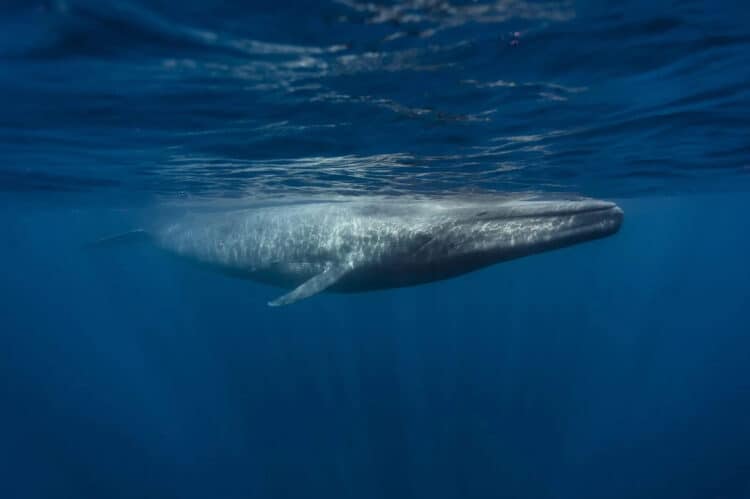
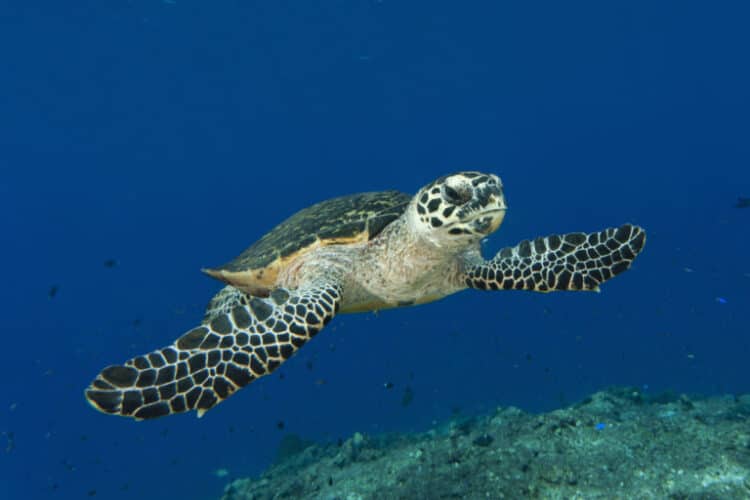
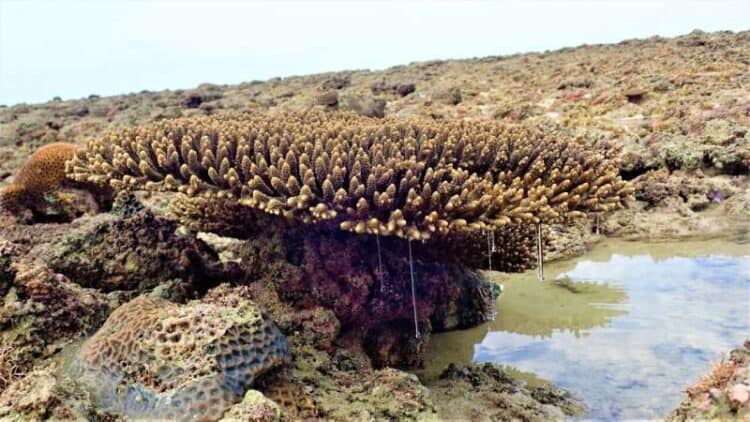
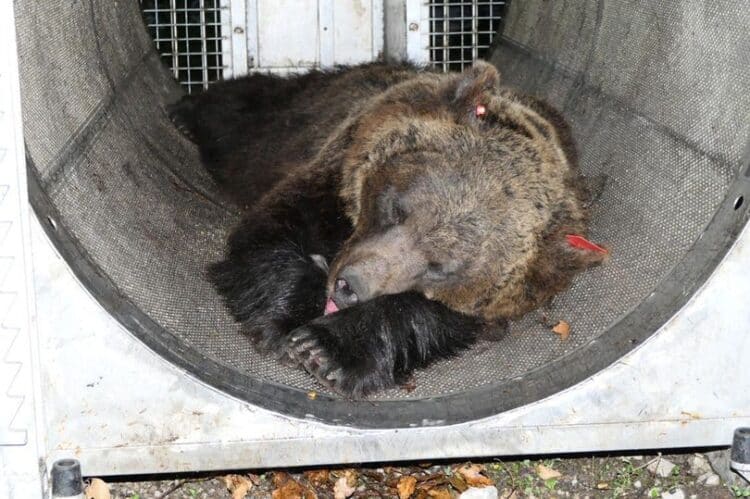
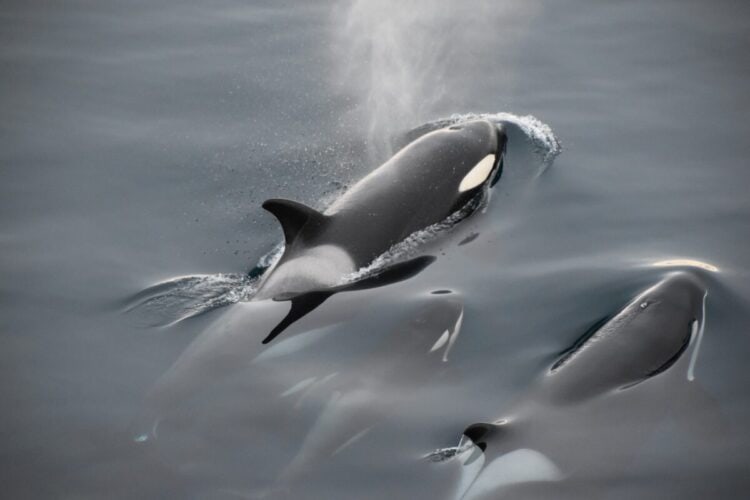

Leave a Reply